Exchange-Traded Funds or ETFs like the iShares S&P/TSX Global Gold Fund ETF (XGD) make it easier for investors to diversify their portfolios with lower management fees.
These fees are often referred to as the MER or Management Expense Ratio and are much lower in ETFs than in traditional mutual funds.
These can definitely help save costs and increase gains in the long run.
Canadian investors can buy XGD through any Canadian brokerage but especially discount brokerages like Wealthsimple or Questrade.
This review of XGD will cover its holdings, performance, fees, pros and cons, and compare it to some other ETFs in the same industry.
What is XGD?
XGD was established in March 2001 and trades on the Toronto Stock Exchange. It is designed to track gold mining companies across North America and worldwide.
If you want to add some exposure to the gold industry to your portfolio, then XGD is an excellent choice for a Canadian ETF.
XGD is an all-equity ETF which means that it is invested 100% in stocks. You will likely want to add other assets to your portfolio aside from XGD.
Since XGD only tracks the gold industry, it received a high-risk rating from iShares.
Here are some key facts for XGD as of May 30, 2023:
- Inception date: March 23, 2001
- Number of stocks: 41
- Price/Earnings Ratio: 30.83x
- Price/Book Ratio: 1.73x
- Management fee: 0.55%
- MER: 0.61%
- Assets under management: $1.05 billion
- 12-month trailing yield: 1.71%
- Distribution yield: 1.87%
- Distribution frequency: Semi-Annual
- Eligible accounts: RRSP, TFSA, RRIF, TFSA, DPSP, RDSP
- Currency: CAD
XGD Holdings
XGD is an all-stock portfolio with slightly higher volatility than ETFs with bonds or other assets aside from equities.
As of May 2023, XGD is invested in stocks worldwide with a major focus on Canada and the US.
Here are the top ten holdings in XGD:
| Ticker Symbol | Stock Name | Allocation |
| NEM | Newmont | 14.80% |
| ABX | Barrick Gold Corp | 13.69% |
| FNV | Franco Nevada Corp | 12.77% |
| AEM | Agnico Eagle Mines LTD | 11.48% |
| WPM | Wheaton Precious Metals Corp | 9.23% |
| GFI | Gold FIelds ADR Representing LTD | 5.98% |
| AU | Anglogold Ashanti ADR REPTG LTD | 4.50% |
| RGLD | Royal Gold Inc | 3.72% |
| K | Kinross Gold Corp | 2.65% |
| AGI | Alamos Gold Inc Class A | 2.22% |
XGD also has the following geographical exposure. Although it is called a global gold index, XGD stock holdings are primarily from the US and Canada.
| Country/Region | Allocation |
| Canada | 66.37% |
| United States | 18.90% |
| South Africa | 11.87% |
| United Kingdom | 2.07% |
| Other | 0.72% |
XGD Returns and Performance
The iShares website provides the recent and historical performance of the XGD ETF. Over the short term, XGD has had better performance than it has since its inception.
Here are the average annual returns from XGD as of May 2023:
| Year | Average Annual Return |
| 1 Year | – 1.32% |
| 3 Years | 0.55% |
| 5 Years | 12.20% |
| 10 Years | 5.47% |
| Since Inception | 5.56% |
And here is the performance of XGD on a cumulative basis since its inception.
| Time Period | Cumulative Return |
| Year to Date | 15.19% |
| 1 Month | 3.62% |
| 3 Months | 5.11% |
| 6 Months | 34.70% |
| 1 Year | -1.32% |
| 3 years | 1.67% |
| 5 years | 77.81% |
| 10 years | 70.38% |
| Since Inception | 230.88% |
The high-risk rating is justified with XGD as it is clear how volatile a single-sector ETF can be from year to year.
XGD Fees
XGD has a management fee of 0.55% and an MER of 0.61%. This is much cheaper than a traditional Canadian mutual fund.
What does an MER of 0.61% mean for shareholders? For every $10,000 invested in XGD, you will pay an annual fee of $61.
However, in terms of ETFs, XGD’s fees are fairly high. Especially when you consider a lot of Canadian ETFs trade for below 0.10%.
Buying XGD on a big bank brokerage can result in a ton of transaction fees.
Save on fees by buying XGD at a discount brokerage like Questrade or Wealthsimple Trade.
XGD allows Canadian investors to add the gold industry to their portfolios. XGD also provides exposure to US, South African, and other international stocks without foreign exchange fees.
This is a Canadian ETF that is easy to buy at any brokerage in the country. It does have some relatively high fees, which will cut into long-term gains and profit.
The risk is high with XGD as sector ETFs put all their eggs into a single basket.
XGD vs HEP
HEP.TO, or Horizons Enhanced Income Gold Producers ETF, was established in April of 2011.
HEP holds many of the same top holdings from XGD. HEP has less of a focus on US stocks and has 5.01% of its allocation to gold companies in the United Kingdom. Its highest allocation is to Canadian gold stocks with a 56.75% weight in the fund.
HEP has a management fee of 0.65% and an MER of 0.79%, making XGD a cheaper choice in terms of fees.
Interestingly, HEP is a covered call ETF. This means Horizons will actively sell covered calls on the stocks it holds to mitigate downside risk.
XGD vs GDX
GDX, or the Vaneck Gold Miners ETF, was established in May 2006.
GDX holds very similar stocks to XGD and HEP, although it provides exposure to several additional regional markets. Australia is the third highest allocation in the ETF, with a 14.46% weight in the portfolio.
GDX trades on the NYSEARCA index in the US, so Canadian investors will need to pay foreign exchange fees if your brokerage charges them.
It has a management fee of 0.50% and an MER of 0.51%, which makes it slightly cheaper than XGD in terms of its fees.
XGD vs CGL
CGL, or the iShares Gold Bullion ETF, was established in May of 2009 and trades on the Toronto Stock Exchange.
CGL allows Canadian investors to have exposure to gold bullion. CGL is hedged to the Canadian dollar to avoid foreign currency fluctuations.
The fund holds zero stocks and is 100% exposed to gold bullion contracts.
The management fee for CGL is 0.50%, and the MER is 0.55%. Since there are no stocks in this ETF, there is no dividend or distribution paid to shareholders.
If you are using a big bank brokerage, then you are in for much higher trading fees. You can save on investment fees using brokers like Questrade and Wealthsimple Trade, which offer commission-free trading.
Questrade is a popular online brokerage for Canadian investors. Questrade offers commission-free ETF buying, but selling comes with a charge of $4.95 per transaction.
This platform supports several products, including ETFs, stocks, bonds, mutual funds, options, currencies, etc.
Questrade

Trade stocks, ETFs, options, FX, bonds, CFDs, mutual funds, etc.
Get $50 trade credit with $1,000 funding
Low and competitive trading fees
No quarterly inactivity fees
Access to advanced tools and trading data
Top platform for advanced traders
Transfer fees waived
Wealthsimple Trade is a digital-first company that is popular amongst younger Canadians. It offers commission-free trading for thousands of stocks and ETFs.
Wealthsimple Trade

Trade stocks and ETFs for free
Great trading platform for beginners
$25 cash bonus when you deposit $200+
Transfer fees waived up to $150
Is XGD a Good Buy?
This depends on how much you want to diversify your portfolio by adding exposure to the volatile gold industry. While it can be volatile, many investors also look to investing in gold as a hedge against volatility in other markets.
If you are looking for a gold ETF that mostly holds Canadian and US gold miners, then XGD is the fund for you.
Compared to other ETFs, the XGD MER is recently high at 0.61%. It also pays a fairly low dividend semi-annually, which means only twice per year.
XGD is a good investment for Canadian investors who simply want to diversify into a commodities market that has been performing well over the past couple of years.
XGD Review FAQs
XGD’s cumulative performance speaks for itself, as it has returned over 230% since its inception. But this is only a 5.56% average annual return which lags behind major benchmarks like the S&P 500 index. Canadian investors will enjoy reasonable MER fees and exposure to international markets.
No, XGD is not a hedged ETF. Although it does hold a small amount of CAD and USD currencies, XGD is not explicitly a hedged ETF.
Yes, XGD does pay a distribution to its shareholders. The dividends are paid out semi-annually for XGD, which might not appeal to investors seeking out income as well as growth. Currently, the XGD dividend has an annual yield of 1.87%.
BMO Global Asset Management has several gold ETFs it offers to Canadian investors. The most popular gold ETF from BMO is the ZGD BMO Equal Weight Global Gold Index ETF. ZGD.TO holds 31 different gold stocks from all over the world. The largest allocation is 63.50% to Canadian gold companies
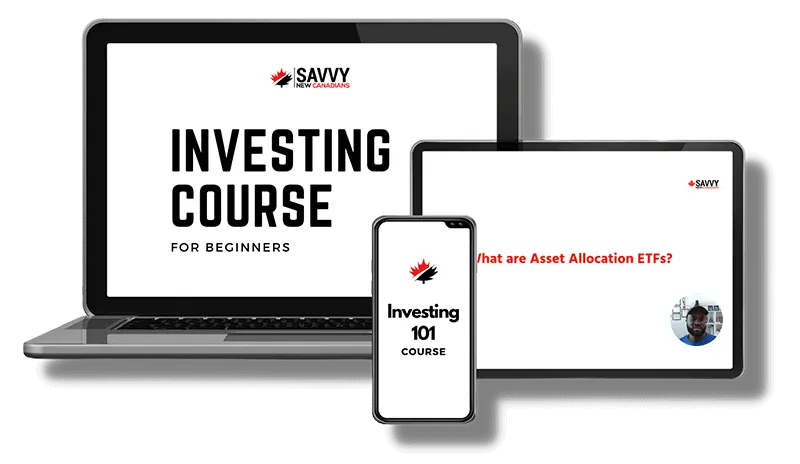
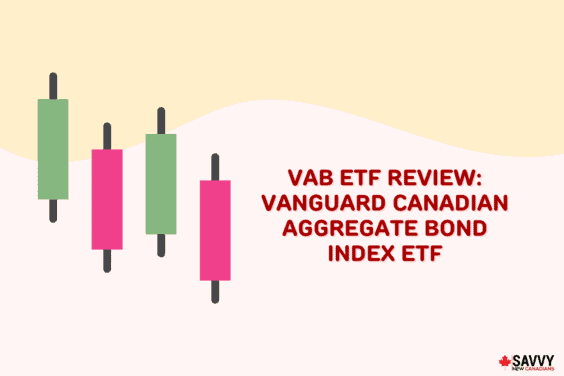
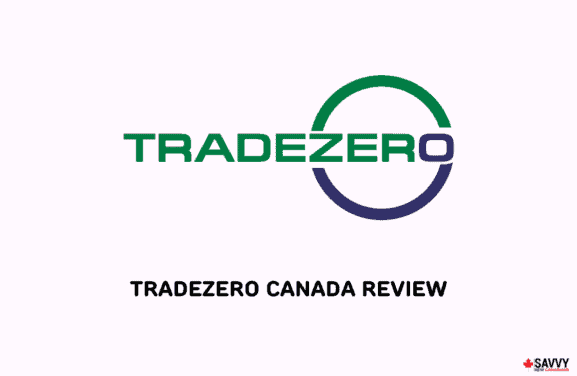

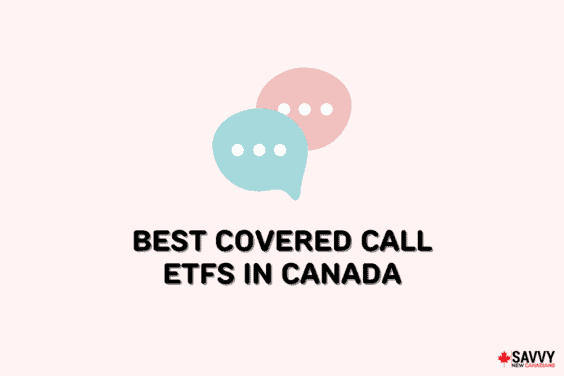
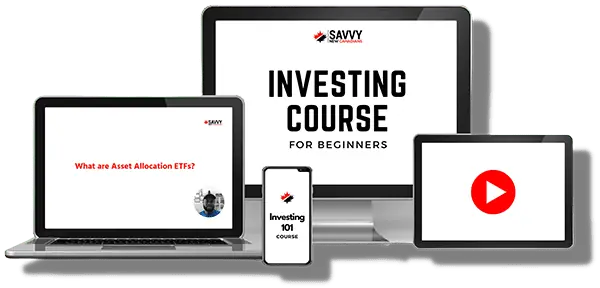

Excellent review, thanks Enoch!
I have held this ETF for about 10 years as just under 5% of my overall portfolio.
Steve
@Steve: Thanks for your feedback!